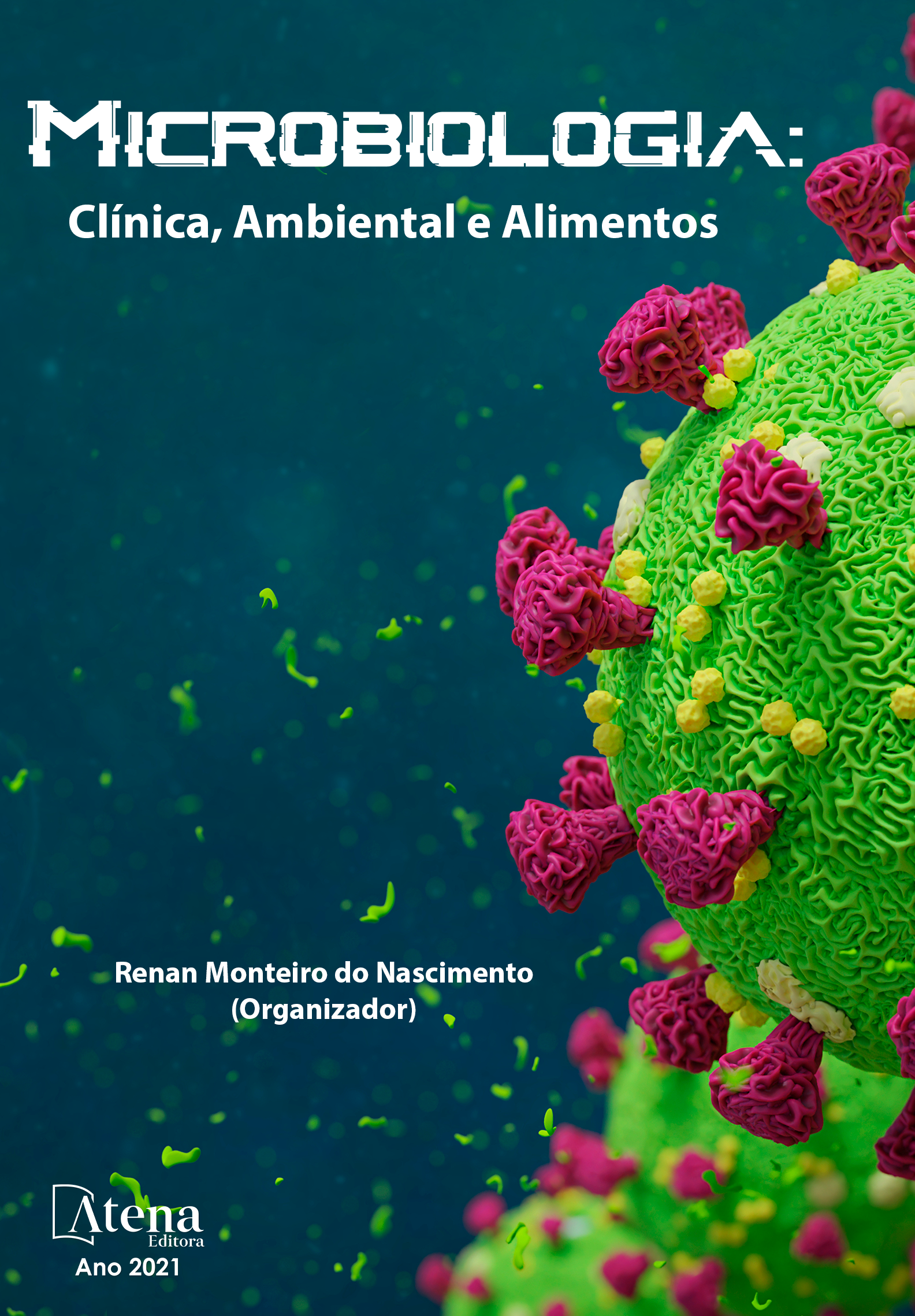
DIVERSIDADE DE FUNGOS ZOOSPÓRICOS EM AREAS DE PRESERVAÇÃO DA REGIÃO METROPOLITANA DE MANAUS-AM
Fungos são organismos pertencentes ao Reino Fungi, heterotróficos, podendo ser sapróbios ou parasitas de plantas e animais, que conseguem se distribuir por diversos tipos de ambientes até mesmo com condições restritas a determinados seres vivos. Esses ambientes por sua vez, podem ser favoráveis a determinadas espécies sendo terrestres ou aquáticos como, é o caso dos fungos zoospóricos (aquáticos), fungos que são frequentemente encontrados em ambiente com bastante volume de água ou com grande umidade (Pereira, 2008). Quanto a esses organismos ainda são poucos os trabalhos desenvolvidos quanto a sua distribuição, sendo de fundamental importância estudos acerca de tais seres vivos. Portanto foi realizado o levantamento da diversidade de fungos zoospóricos através de coletas de amostras de água e solo de igarapés da “Reserva Particular do Patrimônio Natural RPPN- Sítio Bons Amigos”, e processados conforme métodos de iscagem múltipla de MILANEZ & BENEKE (1968). Na pesquisa foram identificados 43 táxons, para o Reino Fungi foram 27, distribuídos em 15 gêneros, sendo Blastocladia e Catenophlyctis do filo Blastocladiomycota, onde a espécie Blastocladia globosa tem sua primeira citação para o Amazonas, já tendo sido descrita em outros estados como, por exemplo, São Paulo. Para o Filo Chytridiomycota foram identificados: Catenochytridium, Chytriomyces, Cladochytrium, Diplophlyctis, Enthophlyctis, Gonapodia, Karlingia, Karlingiomices, Nowakowskiella, Podochytrium e Rhizophydium O gênero que mais ocorreu foi Rhizophydium, sendo a espécie Rhizophydium sphaerotheca, a mais abundante aparecendo em todas as amostras da primeira coleta. As espécies mais rara foram: Catenochytridium kevorkiani e Karlingia chitinophyla. No Reino Chromista, Filo Oomycota foram identificados 15 táxons distribuídos por 6 gêneros: Achlya, Aphanomyces, Brevilegnia, Dictiuchus, Leptolegniella e Pythiogeton, sendo o gênero mais frequente Aphanomyces, sendo a espécie Aphanomyces irregulare com seis ocorrências entre água e solo. Entre as espécies menos frequentes, destacam-se: Aphanomyces helicoides, Dictiuchus pseudoachliodes, Dictiuchus sterile e Leptolegniella keratinophyla. Zoophagus insidians, representante do Filo Zigomycota adaptado ao ambiente aquático, também foi identificado em duas amostras da primeira coleta. Os resultados obtidos possibilitam perceber a diversidade de fungos aquáticos existentes na Reserva sendo um acréscimo ao conhecimento na área, levado em conta à quantidade recursos ainda a serem estudados, aumentando assim a amplitude de conhecimento acerca do ecossistema na Região Amazônica.
DIVERSIDADE DE FUNGOS ZOOSPÓRICOS EM AREAS DE PRESERVAÇÃO DA REGIÃO METROPOLITANA DE MANAUS-AM
-
DOI: 10.22533/at.ed.54321012010
-
Palavras-chave: zoospóricos, água, solo e áreas preservadas
-
Keywords: zoosporic, water, soil, preserved area
-
Abstract:
Fungi are heterotrophic organisms belonging to the Fungi Kingdom, which may be saprobes or parasites of plants and animals, which are able to distribute themselves in different types of environments even with conditions restricted to certain living beings. These environments, in turn, can be favorable to certain species, whether terrestrial or aquatic, as is the case of zoosporic (aquatic) fungi, fungi that are often found in environments with a high volume of water or with high humidity (Pereira, 2008). As for these organisms, there are still few works developed regarding their distribution, and studies about such living beings are of fundamental importance. Therefore, a survey of the diversity of zoosporic fungi was carried out by collecting water and soil samples from streams of the “Reserva Particular do Patrimônio Natural RPPN- Sítio Bons Amigos”, and processed according to MILANEZ & BENEKE (1968) multiple baiting methods. In the research 43 taxa were identified, for the Fungi Kingdom there were 27 distributed in 15 genera, being Blastocladia and Catenophlyctis from the phylum Blastocladiomycota, where the species Blastocladia globosa is its first citation for Amazonas, having already been described in other states like São Paulo. For the Phylum Chytridiomycota were identified: Catenochytridium, Chytriomyces, Cladochytrium, Diplophlyctis, Enthophlyctis, Gonapodia, Karlingia, Karlingiomices, Nowakowskiella, Podochytrium and Rhizophydium. The genus that most occurred was Rhizophydium, with Rhizophydium sphaerotheca being the most abundant species appearing in all samples from the first collection. The rarest species were: Catenochytridium kevorkiani and Karlingia chitinophyla. In the Chromist Kingdom, Filo Oomycota, 15 taxa were identified, distributed in 6 genera: Achlya, Aphanomyces, Brevilegnia, Dictiuchus, Leptolegniella and Pythiogeton, being the most frequent genus Aphanomyces, being the species Aphanomyces irregulare with six occurrences between water and soil. Among the less frequent species, the following stand out: Aphanomyces helicoides, Dictiuchus pseudoachliodes, Dictiuchus sterile and Leptolegniella keratinophyla. Zoophagus insidians, representative of the Phylum Zigomycota adapted to the aquatic environment was also identified in two samples from the first collection. The results obtained make it possible to perceive the diversity of aquatic fungi that exist in the Reserve, adding to the knowledge in the area, taking into account the amount of resources yet to be studied, thus increasing the breadth of knowledge about the ecosystem in the Amazon Region.
-
Número de páginas: 20
- Eliane Santos Almeida
- Maria Ivone Lopes da Silva


